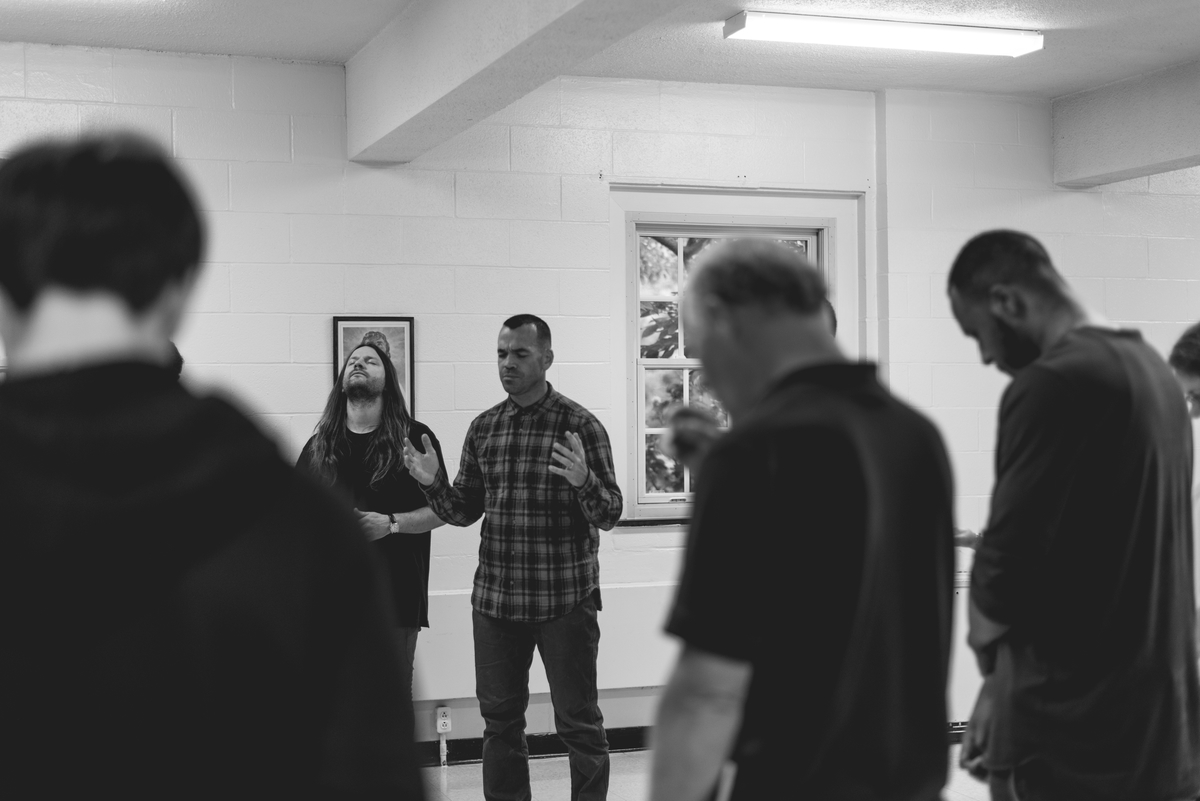During the Great Awakening, George Whitefield and John Wesley preached and ministered faithfully. Most would say Whitefield was the superior preacher. He was known as the phenomenal communicator of his day, even impressing Ben Franklin with his oratory skills. But years later, as historians compared the impact of Whitefield’s ministry to Wesley’s, they believed Wesley’s ministry was much more effective in the long run.
While Whitefield focused his ministry on preaching, Wesley was committed to more than just the event where he would proclaim the message. He worked hard on developing a process that moved people from attending an event or service to classes. He organized people in groups and challenged them to engage the world. Wesley cared greatly about what happened after he preached; he cared about implementing a discipleship process. His methodic strategy became known as Methodism.
A local church’s strategy must be connected to discipleship. If mission is what, and strategy is how – then a ministry strategy is how a church will accomplish the mission of making disciples. A strategy not connected to making disciples is a strategy that fulfills a mission other than the one Christ gave His Church.
Here are three thoughts on how to design a ministry strategy:
1. Determine what type of disciple you wish to make.
As a team, discuss what you pray, hope, and long for people to become when they live in your local community of faith. Let me get really practical and tangible in one way you can have this discussion:
Put on the top of a whiteboard, “We want people we serve to become…” and discuss. I have led this exercise with staff teams and typically the list grows long very quickly, with great descriptions like: passionate worshippers, evangelistic, mission-minded, Christ-centered servants, generous, global Christians, etc. Once the board is full and the conversation is redundant, narrow the list as much as possible. Look for places where you can combine discipleship descriptions, and choose some overarching phrases that encompass other discipleship attributes. As an example with one church I led through this process, four key discipleship attributes, in response to God’s grace, were decided: worshipper of Christ, servant of others, participant in biblical community, and lives on mission.
2. Describe your purpose as a process.
Because discipleship is a process, a church’s overarching strategy should be a discipleship process. Take the statements your team developed and put them in process language. This is not a box you are saying God must work in, but is a strategy based on how you believe discipleship often happens. To return to the previous example, the leaders described their process as worship Christ, connect to others, serve people, and live on mission.
3. Decide how weekly programs can serve your discipleship process.
The programs a church offers must be tools that serve the mission of making disciples. If a church’s programs are not connected to the ministry strategy, the strategy will not take deep roots in the church. It will feel like an add-on and not the driver behind all the church offers.
Back to the previous example… The church with a discipleship strategy of “worship Christ, connect to others, serve people, and live on mission” identified the primary programs aligned to their discipleship process. Those programs would be the ones that received the most energy, resources, and attention. Worship Christ (weekend worship services), Connect to others (discipleship groups), Serve people (ministry teams), and Live on mission (local and global mission opportunities).
A church is responsible to make disciples. C.S. Lewis stated, “The Church exists for nothing else but to draw men into Christ, to make them little Christs. If they are not doing that, [everything] is simply a waste of time.” Wise leaders will design a strategy, a process, that helps the church do so as effectively as possible.





